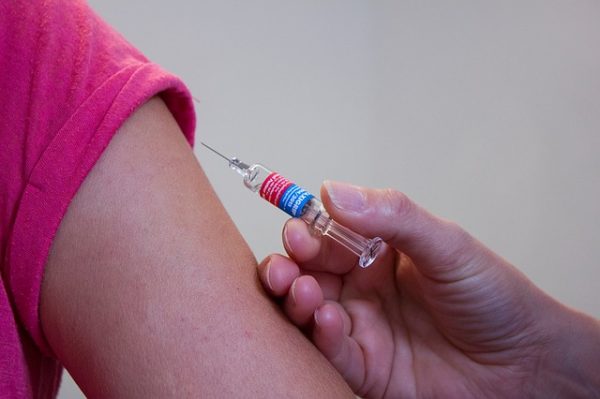When my kids were little and I would announce that we were going to the doctor’s, the first frantic question out of their mouths was always, “Do I have to get any shots?” They want to know if there are going to be any needles involved.
As adults, most of us have outgrown that full-bodied fear of having to get a shot, but some people’s negative childhood experiences do turn into actual needle phobias. This can lead to poorer lifetime health for those who choose to forgo things like immunizations, flu shots, and blood draws for medical testing purposes.
For these reasons, pediatric pain specialists are constantly looking for ways to reduce or eliminate the pain and fear associated with children’s shots. Evidence from clinical studies shows that there are four main ways to help children experience less pain with needle procedures.
But before even heading to the doctor, prepare your child for what to expect – keeping it simple, but honest. The timing of this will depend upon your child, and parents know best. Why make a kid worry for days before an upcoming appointment?

- Infants ages 0 to 12 months should be allowed to breastfeed or suck on a pacifier dipped in sugar water when receiving a shot. This should start two minutes before the procedure.
- Numbing the skin with a topical anesthetic, such as lidocaine cream, at least 30 minutes before a needle stick, is an effective way to reduce pain. Some doctors and hospitals have this on hand, but to avoid the waiting time in an office, they can be purchased over the counter as well and applied at home. There is also a product that can be purchased online called Buzzy which uses a combination of cold and vibration to activate the brain’s natural ability to block pain.
- Comfort positioning should always be used with any aged child. The old idea of using adults to pin a child down just increases fear and pain. Optimally, a child should be in an upright position and sitting on a parent’s lap being held as gently as possible, until they are old enough to say they’d rather sit next to them or just nearby.
- Age appropriate distraction works well for kids of all ages, ranging from comfort objects, singing, blowing bubbles, books, electronic devices, music, and active, deep-breathing exercises.
It’s important to remember that how we talk to our kids can have an impact on their fear of needles. There is research that shows that making statements like, “It’s not that bad” or “It’ll be over soon” can actually increase anxiety in children. We should instead use statements that distract from their worry and that suggest helpful coping behaviors like engaging in a game, book, or music.
Parents should be active in partnering with their children’s caregivers to ensure effective pain control during any procedures with needles.



















